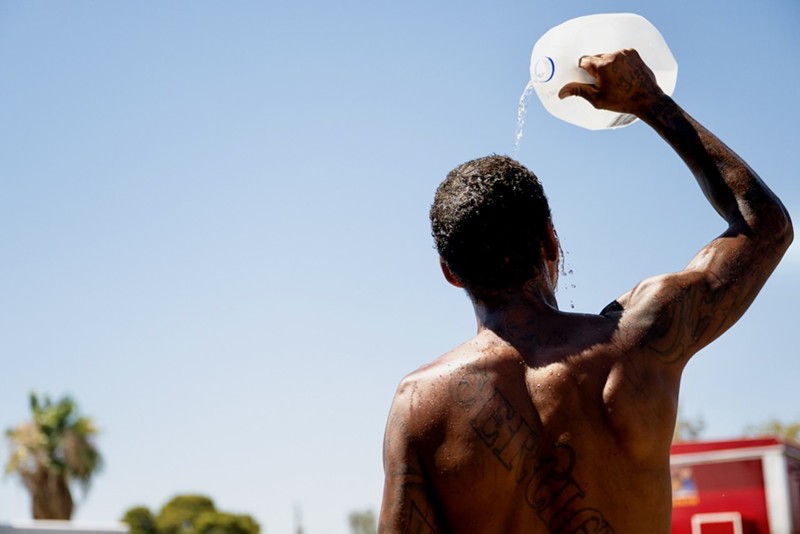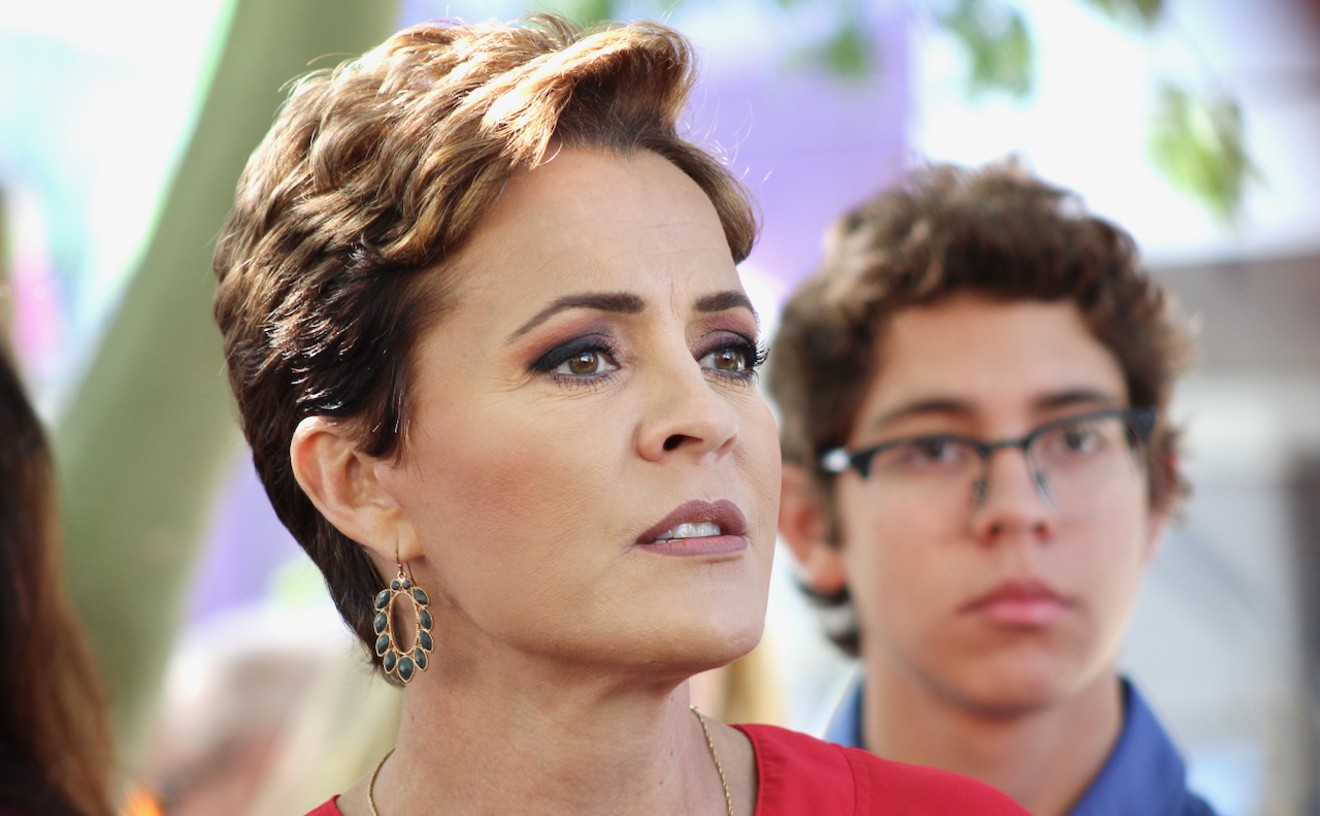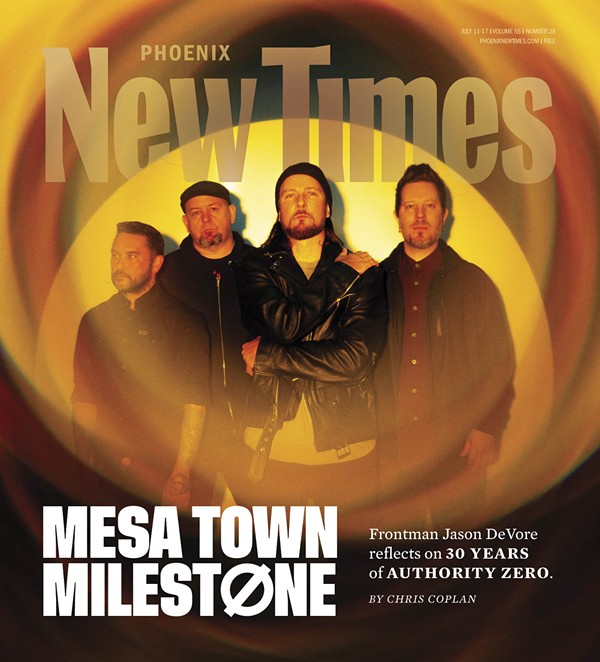The latest heat report from the Maricopa County Department of Public Health confirmed 331 heat-associated deaths through Wednesday, with another 273 cases under investigation. At the same point in 2022, 284 heat-related fatalities were recorded, and by the end of the heat surveillance season in October last year, the county saw a record 425 deaths.
If this year's amount of heat-associated deaths surpasses the 2022 total, it would be the highest number of heat-related fatalities since the county started its current tracking system in 2012, when 110 people died.
"Every one of these deaths can be prevented," Sonia Singh, a spokesperson for the county health department, told Phoenix New Times. "Any one of us could be at risk."
As metro Phoenix struggled with a growing unsheltered population this year, the heat has taken its toll: 44% of the heat-related deaths in 2023 were among homeless people. Nearly three-quarters of the deaths — 74% — occurred outdoors, according to the county report.
Some 52% of deaths were people between the ages of 35 and 64, while 58% of deaths were among white people. Hispanic or Latino people accounted for 24% of heat-associated deaths.
The county expects to publish a draft of the final heat-related report in March or April 2024, Singh said. That will include the overall count of heat deaths for 2023.

Michael Felder, who lived in the downtown homeless encampment called the Zone, died from heat exposure in August 2022.
Phoenix Rescue Mission
Unsheltered people overrepresented in heat deaths
Don't judge the danger solely by the report; it may not tell the whole story. That's according to David Hondula, director of Phoenix’s Office of Heat Response and Mitigation.In September, Hondula highlighted that unsheltered people likely account for less than 1% of Maricopa County's population. The fact that they constitute 44% of heat-related fatalities means that they are dying at shockingly higher rates from heat-related causes than people with housing.
Dr. Patrick Vinck, a Phoenix-based family practitioner and regional medical director at Oak Street Health, also took note of the heightened risks for unsheltered people.
"There is a really significant disproportionate risk for them," he said.
The county tracks heat-related fatalities through the county medical examiner's office, media reports and death certificates, Singh said.
"These heat deaths can take a while to go from suspect to confirmed cases," she added. "So say this week we report 10 more deaths than we did last week. That doesn’t mean that those 10 deaths occurred in this week. It means they were confirmed this week."

The Maricopa County Department of Public Health works with the county medical examiner's office to track heat-related fatalities.
Sean Holstege
The impact of Arizona’s 2023 summer heat wave
Phoenix endured the hottest July on record — and relief was slow to come. The city’s high temps soared to at least 110 degrees on more than 17 days in August."With the lows being as high as they were, that doesn’t help either,” Singh explained. “The body needs a chance to cool off, and when our temperatures aren’t getting very low at night, people aren’t getting that relief."
Vinck encourages many of his patients to take advantage of nearby cooling centers.
But relief can be hard to access without a car. The trek to a cooling center can be daunting, and with each step, the relentless heat can tighten its grip and increase the risk of developing life-threatening health issues.
"We’ve been experiencing a heat wave that seems to persist for longer than last year," Vinck said.
While cooler fall weather is on the way, the Valley is not yet out of the danger zone as spikes in temperatures are still expected. The best you can do is plan ahead for hot days and watch for signs of heat-related illness in others.
"It can creep up on you, where you start with symptoms of heat exhaustion," Vinck said. "It’s as simple as a high heart rate, increased amounts of sweating, more fatigue."
See someone showing these signs? Bring them to a shady, cool place and give them water. One of these Valley groups that provides free resources could also help.
"When it becomes much more serious is when they start acting like not themself or they’re severely fatigued, or they were sweating so much that they even stopped sweating," Vinck said.
That's when it's time to be more aggressive. Call 911 and ask for the paramedics.









